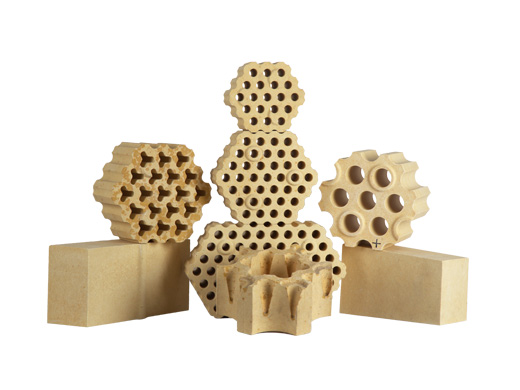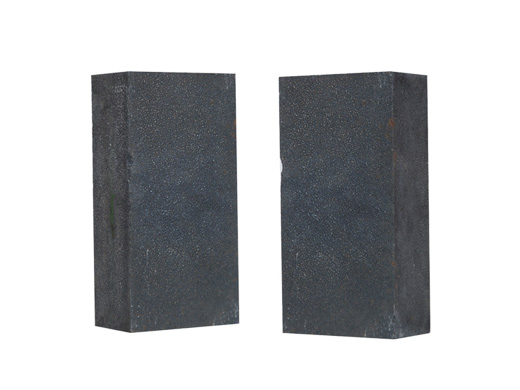The technical requirements and production processes of fused cast azs block casting and casting sand -shaped modeling
Industry news | Refractory Wiki | Refractory news | Enterprise news |The technical requirements and production processes of fused cast azs block casting and casting sand -shaped modeling
Because the casting temperature of the fused cast azs block is about 1800 degrees, its casting can be cast with sandy types, and natural sand and quartz sand are used for sand -type raw materials. There are two types of sand, with a silicon content of more than 99%. Each sand -type plate is cast with a certain thickness of the surface sand to prevent impurities from contamination and casting. There are many types of binding agents selected by sand. Generally, water glass is used because the quality of water glass is stable, cheap, easy to wash, and no odor.
1) Have good breathability
The gas precipitated from the mellasty tile melt can penetrate from the gap between the silicon sand particles.
2) Good heat -resistant impact intensity
The thermal impact caused by the Ganggang jade brick during casting can make the temperature of the inner wall and the outer wall of the sand-shaped shape very different, but the sand type is relatively stable under heating conditions because its fire resistance is not less than 1690 degrees. It is between 20-450 degrees between 20-450 degrees. The line expansion coefficient is about 0.03mm/degree, so he can withstand the static pressure of the high temperature melting fluid flow without rupture.
3) Have good thermal mechanical performance
After heating, the strength of the sand is reduced. The soft experiment shows that about 320 degrees began to soften and 400 degrees began to destroy.
4) Chemical sticky sand on the surface of 砖 4 4
AZS fuses have been cooled and hardened sharply after contact with sand. The surface of the sand -shaped surface is melted into a thin layer of sodium silicate or silicon sand, which does not respond to fused cast azs block. The amount of water glass is confirmed by experiments that the most suitable is 5.7%, and the fire resistance of sand -shaped is reduced, and many cannot be formed. The relatively large wet sand types often cracks during the transportation process of the furnace. In order to make it have a certain strength, a few holes are often inserted on the sandy type, and then the carbon dioxide is used to the inside. So wet sand can have a certain strength in a short time. The produced sand types should be dried in the resistor furnace to make it have a certain strength to prepare for casting, and the drying temperature is limited to about 400 degrees.
Newest
- 2023-07-31
Properties of silicon nitride and its application in refract···...
- 2023-07-31
Properties of silicon nitride and its application in refract···...
- 2023-07-31
Properties of silicon nitride and its application in refract···...
- 2023-07-31
Properties of silicon nitride and its application in refract···...
- 2023-07-31
To explore the application of magnesia carbon brick in refra···...
Solution
- 2022-11-22
The technical requirements and production processes of fused···...
- 2022-09-06
Price Determinants of high alumina fire bricks...
- 2022-08-30
Technical performance and technology of silica mullite brick···...
- 2022-08-27
Refractory materials in various parts of the furnace and pre···...
- 2022-08-23
Magnesite chrome brick composition process classification...




